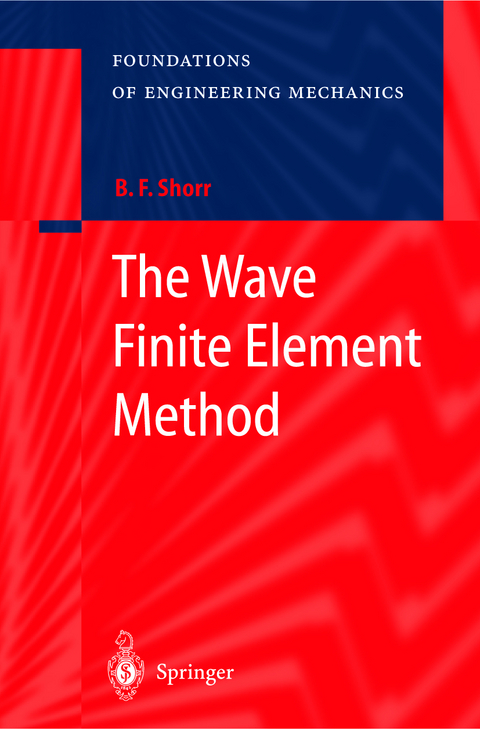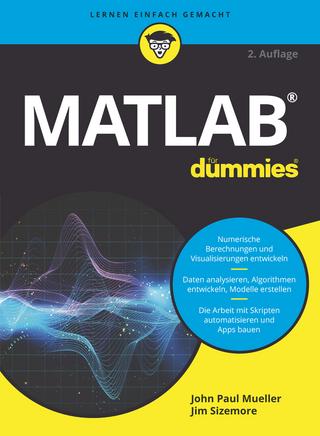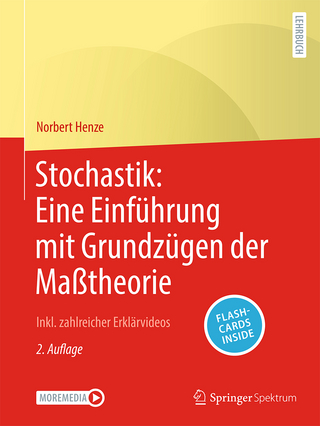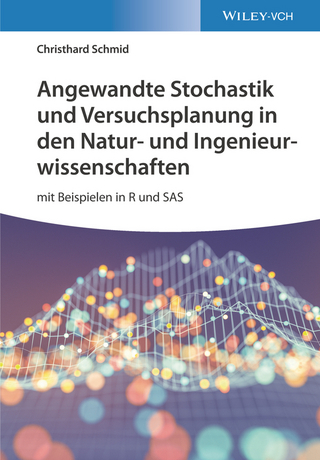
The Wave Finite Element Method
Springer Berlin (Verlag)
978-3-540-41638-8 (ISBN)
Theory.- 1 Foundation of the wave finite element method.- 2 Simulation of simple one-dimensional wave processes.- 3 Wave propagation in an inelastic rod.- 4 Coupled longitudinal-torsional waves in a pre-twisted rod.- 5 Bending waves in a beam.- 6 One-dimensional waves in elastic continua and structures.- 7 Numerical simulation of multi-dimensional wave processes.- Applications.- 8 Impact loading of a deformable body.- 9 Unsteady forced vibration of solids.- 10 Unsteady vibro-impact loading.- 11 Oscillations of a mechanical system affected by moving loads.- 12 Dynamic loading of a free edge of a solid.- 13 Some special problems of solid mechanics.- 14 Some special unsteady problems in engineering.- Conclusion.- References.
From the reviews:
"This book is devoted to a new approach to the description of complex mechanical systems. ... among the actual nonclassical methods, the wave finite element method (WFEM) is of high interest. The author ... provides a first exposition of WFEM ... . The book is written very clearly, the graphs are excellent, and the reader can grasp the main facts from WFEM. The references are up-to-date ... . The book can serve as a reference text book for the students and researchers in mechanics." (Dumitru Stanomir, Zentralblatt MATH, Vol. 1063, 2005)
"I can say that the book contains a valuable collection of 1-D and some 2-D solutions for wave propagation in solids, and it made a valuable contribution towards a new general-purpose transient wave approach for solids. ... the book is truly recommended for everybody involved in problems that include explosions, shocks, seismic waves, and structures with suddenly varying properties at a time-scale close to the time a wave takes to propagate over the structure." (Technische Mechanik, Vol. 26 (2), 2006)
| Erscheint lt. Verlag | 17.11.2003 |
|---|---|
| Reihe/Serie | Foundations of Engineering Mechanics |
| Zusatzinfo | XI, 355 p. |
| Verlagsort | Berlin |
| Sprache | englisch |
| Maße | 155 x 235 mm |
| Gewicht | 680 g |
| Themenwelt | Mathematik / Informatik ► Mathematik ► Wahrscheinlichkeit / Kombinatorik |
| Naturwissenschaften ► Physik / Astronomie ► Atom- / Kern- / Molekularphysik | |
| Naturwissenschaften ► Physik / Astronomie ► Festkörperphysik | |
| Naturwissenschaften ► Physik / Astronomie ► Thermodynamik | |
| Technik ► Maschinenbau | |
| Schlagworte | Applied Mechanics • Finite-Elemente-Methode • Finite-Elemente-Methode (FEM) • Mechanics • Modeling • Oscillation • Simulation • Technische Mechanik • Vibration • Wave • Welle (Physik) |
| ISBN-10 | 3-540-41638-2 / 3540416382 |
| ISBN-13 | 978-3-540-41638-8 / 9783540416388 |
| Zustand | Neuware |
| Informationen gemäß Produktsicherheitsverordnung (GPSR) | |
| Haben Sie eine Frage zum Produkt? |
aus dem Bereich


